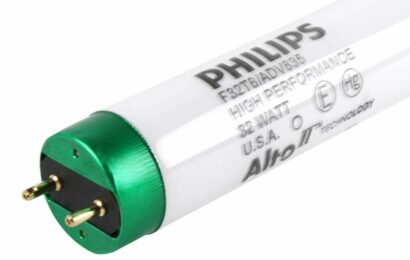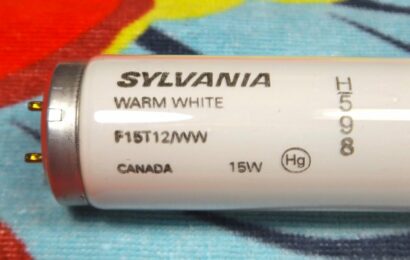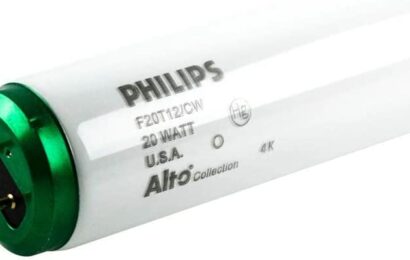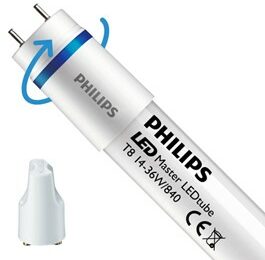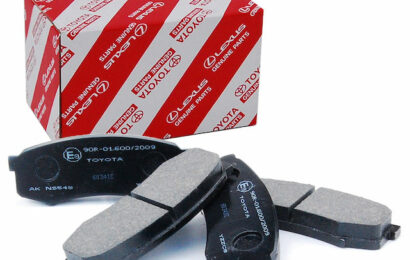Dyneema vs Spectra
Contents
Boats and ropes are an iconic combination as old as bread and butter, stretching back into the mists of prehistory. Just as boat construction has graduated from wood and tar to fiberglass and steel, so have the ropes. Today’s ropes are a far cry from the hempen ropes and woven reeds that preceded them.
Dyneema and Spectra are both Ultra High Weight Molecular Polyethylene (UHMWPE) fibers. The Dutch company DSM produces Dyneema while Spectra is produced by DSM’s American competitor Honeywell. DSM Dyneema BV manufactures for the American market at its factory in Greenville, North Carolina while Honeywell’s factory is in Colonial Heights, Virginia. Dyneema and Spectra are both chemically identical. The only difference between the fibers comes from how they’re braided and branded.
Are Dyneema and Spectra stronger than Kevlar?
Yes. UHMWPE fibers are 40% stronger than aramids like Kevlar fibers of the same weight. UHMWPE fibers are smoother than Kevlar, making them more resistant to cuts and abrasions. Dyneema and Spectra boast of a higher UV resistivity than Kevlar.
UHMWPE fibers only weigh two-thirds of what Kevlar does. Dyneema and Spectra have a specific gravity of 0.97, which makes them float on water, while Kevlar has a specific gravity of 1.44, which makes it sink in water (water has a specific gravity of 1.00).
Another advantage of UHMWPE fibers over Kevlar is their water-resistivity. While Kevlar can absorb up to 3.5% of its own weight in water, Dyneema and Spectra are completely water-resistant.
While Dyneema and Spectra are strong enough to stop a bullet, Kevlar is still the preferred material for bullet-proof vests because it absorbs more energy from the bullet. It’s also cheaper. Blending Kevlar with Dyneema or Spectra strands is not uncommon in higher-end bullet-proof vests.
Are Dyneema and Spectra stronger than steel?
Yes. Pound for pound, both Dyneema, and Spectra are 15 times stronger than steel.
Are Dynema and Spectra UHMWPE?
Yes. Dyneema and Spectra are both Ultra High Molecular Weight fibers. They are made from long polymer chains. They’re also chemically identical so you could argue that it’s the exact same product sold under different brand names.
Dyneema vs Spectra: Structure
Dyneema and Spectra are both long-chain polyethylenes. They’re chemically identical and have the same properties although each company claims its product is superior. They’re both hydrophobic (resistant to water), lighter than water, chemically unreactive, and have a low coefficient of friction. This makes the ropes very slippery, making them creep when tied into knots.
Dyneema and Spectra fibers are also used in other applications, like in the manufacture of cut-resistant gloves, and bullet-proof vests.
Both are made from different proprietary gel spinning processes but the end product is the same.
Dyneema vs Spectra: Strength
Dyneema
Dyneema is not noticeably stronger than Spectra. Dyneema has a lower creep than Spectra though its creep is still higher than in other types of ropes. This comes from the way the fibers are woven rather than any inherent superiority.
Spectra
Spectra has more creep than Dyneema because of how its fibers are woven but the strength is similar.
Dyneema vs Spectra: Longevity
Dyneema
Dyneema lasts just as long as Spectra. It is also more resistant to UV degradation than other fibers, lasting five years (60 months) in the tropical sun with no noticeable loss in strength. By comparison, nylon lasts 36 months, Polyester lasts 12 months, and regular polyethylene only lasts six months.
Spectra
Spectra lasts just as long as Dyneema because of their identical chemical composition.
Dyneema vs Spectra: Cost
Cost is hard to quantify. Dyneema and Spectra fibers are rarely sold in their pure form because they’re so expensive. Instead, they’re often interwoven with cheaper fibers like aramid (Kevlar) and nylon for many applications.
Pure UHMWPE fibers are plain white in color. Their chemical structure prevents them from taking any dyes (they’re extremely slippery). So, if you have a colored Dyneema or Spectra product, it’s more likely that the fibers have been woven in to reinforce another material, most likely nylon or polyester in the case of ropes.
The widespread blending of Dyneema and Spectra with cheaper fibers makes it nearly impossible to determine the actual price of the UHMWPEs themselves since the quantity of UHMWPE in each blend varies from product to product.
The manufacturers don’t disclose this either. Dyneema redirects you to the websites of its customers when you try to buy ropes from them. These rope makers blend varying quantities of Dyneema fibers with polyester and nylon so the cost of pure Dyneema rope itself becomes impossible to compare across different manufacturers.
If you insist on buying the pure unblended product from Dyneema, they make you fill in a form with all the details of your company and an explanation of what you intend to use their product for before they even bother giving you a quote. Attempts to obtain a quote for journalistic purposes have proven unsuccessful.
